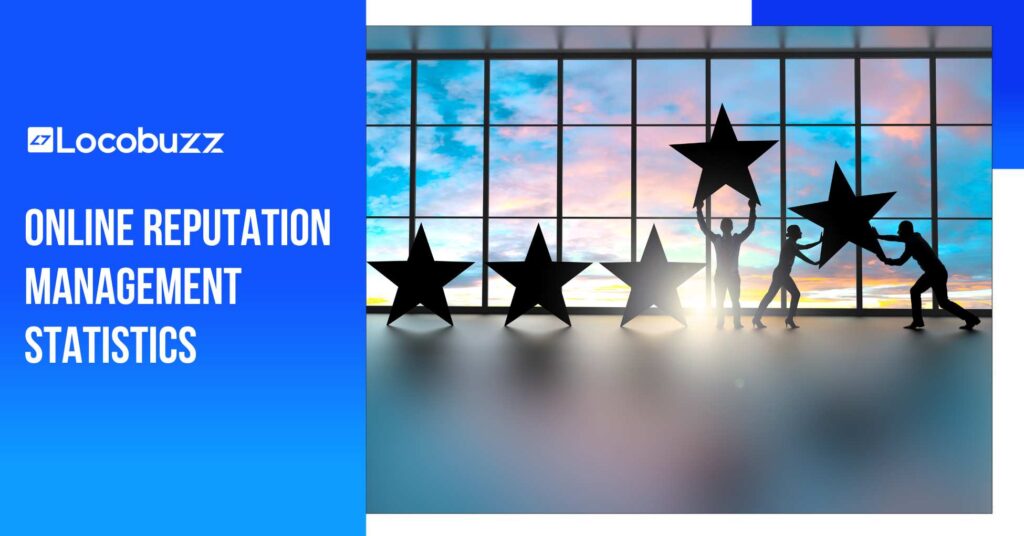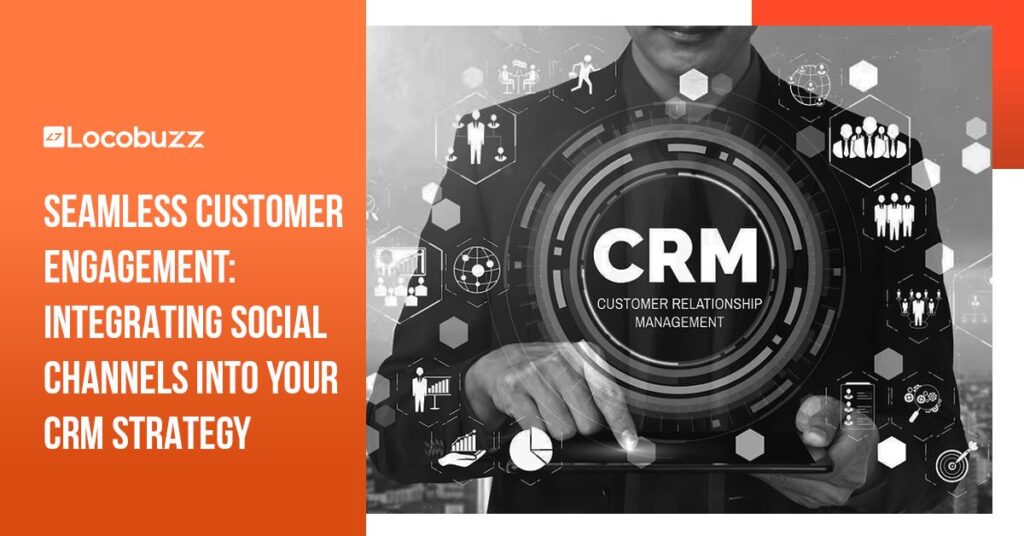Carryminati Net Worth: How much Carryminati earn from YouTube?
Carryminati Net Worth: How much Carryminati earn from YouTube? Table of Contents CarryMinati is one of the most popular YouTubers in India with millions of fans worldwide.Through his hilarious roast and reaction videos delivered in signature rapid-fire style, he has captured many hearts and his immense popularity across platforms like YouTube has helped him amass an estimated net worth of over $5 million (₹ 41 Crore). But have you wondered about specifics of CarryMinati’s career earnings and income sources? As one of largest YouTube stars from India with over 40 million subscribers, his main channel surely earns a substantial yearly salary. But how much does he make monthly from YouTube and other ventures? This article will uncover CarryMinati’s YouTube earnings, income from Instagram with a huge following, lucrative brand deals, how he spends wealth, and provide insights into his monthly income. So read on to get an inside look into the riches earned by India’s king of online comedy! S.No Social Media Links Followers 1. Instagram 19.5M 2. YouTube 40.6M 3. Facebook 2.3M 4. Twitter/X 3M+ Who is Carryminati? View this post on Instagram A post shared by 𝑨𝒋𝒆𝒚 𝑵𝒂𝒈𝒂𝒓 (@carryminati) CarryMinati, whose real name is Ajey Nagar, is an Indian YouTuber and gamer from Faridabad. He began making gaming videos at age 10 under the name AddictedA1 and today has over 40 million subscribers on his official YouTube channel, making him the most subscribed Indian creator. CarryMinati is best known for his comedy roasting videos where he provides entertaining commentary and reactions. He also streams games live and has a strong following for his musical parodies. CarryMinati gained widespread fame for his viral hit “YouTube vs TikTok” and today is a prominent social media influencer endorsed by major brands. Personal Details Description Real Name Ajey Nagar Date of Birth June 12, 1999 Age 24 yrs Profession YouTuber, Gamer, Streamer Nationality Indian Place of Birth Faridabad, Haryana, India YouTube Channels CarryMinati, CarryIsLive Net Worth Estimated at $5-7 Million Source of Income YouTube ad revenue, sponsorships, Instagram promotions, brand endorsements etc. How Much Carryminati Earn From YouTube? CarryMinati, aka Ajey Nagar, has become massive on YouTube in recent years. He has over 40 million followers on his main channel CarryMinati! No wonder he’s considered one of the biggest YouTubers from India. But have you ever wondered how much money a huge YouTuber like him actually makes? Well, I’ll break it down simply. YouTube pays creators based on how many people watch their videos – they get a tiny bit of money for every thousand views from the ads playing. Now imagine Carry gets views in the tens of millions! He must be raking in thousands of dollars just from each video. We can estimate better with Social Blade. They say CarryMinati’s main channel earns between $55.5k to $887.9k per year just from YouTube ads. That’s around $4.6k – $74k per month, on the conservative side. But top creators also get paid more through brand sponsors within their videos. When you consider Carry’s massive following pumping up his view counts even higher, experts estimate he’s probably pulling in somewhere between $2 million to $3.2 million in total yearly from YouTube! Not a bad income especially when you started just a few years ago as a hobby. No doubt Carry’s talent and hard work have turned it into a very successful career. Other Sources of Income Source Description Estimated Earnings Instagram He has over 19.5 million followers and gets sponsorships and promotions for brands. Earns around $30,000 – $50,000 per promotional post. Music videos Hits like Yalgaar on YouTube have over 280 million views earning publishing royalties. >$100,000 per year Live shows Regularly performs at live comedy/music shows across India. Earns upwards of $10,000 per show. >$50,000 per year Brand endorsements Has endorsed many brands like gaming app Winzo. Endorsement deals add significantly to his income. >$200,000 per year Acting career Beginning to appear in movies which take his earnings to an even higher level. Income likely to increase multifold Merchandise Sells branded merchandise like t-shirts and accessories on his website and during live shows. >$50,000 per year Property rentals Owns luxury residential properties in various cities that are sources of rental income. >$100,000 per year (estimated) How Does Carryminati Spend His Money? View this post on Instagram A post shared by 𝑨𝒋𝒆𝒚 𝑵𝒂𝒈𝒂𝒓 (@carryminati) As one of the highest earning YouTubers in India, CarryMinati likes to treat himself with his YouTube income. He owns several luxury assets that are reflections of his financial success over the years. CarryMinati purchased an expensive Toyota Fortuner car, which starts at over 35 lakh rupees and he has also invested in lavish residential properties across India. This includes a huge mansion in his hometown of Faridabad, Haryana where his family resides.Besides automobiles and real estate, CarryMinati likes to splurge on other luxury items. He frequently wears branded clothes and accessories that can be quite pricey. CarryMinati also enjoys traveling to different countries along with his friends. However, he ensures to allocate a portion of his earnings to philanthropic causes through charity livestreams for disaster relief. Discover influencer voices for your brand, track sentiment, analyze engagement trends, and stay alert when activity around your brand spikes. Book a free demo FAQ’s
Carryminati Net Worth: How much Carryminati earn from YouTube? Read More »
 Skip to content
Skip to content





